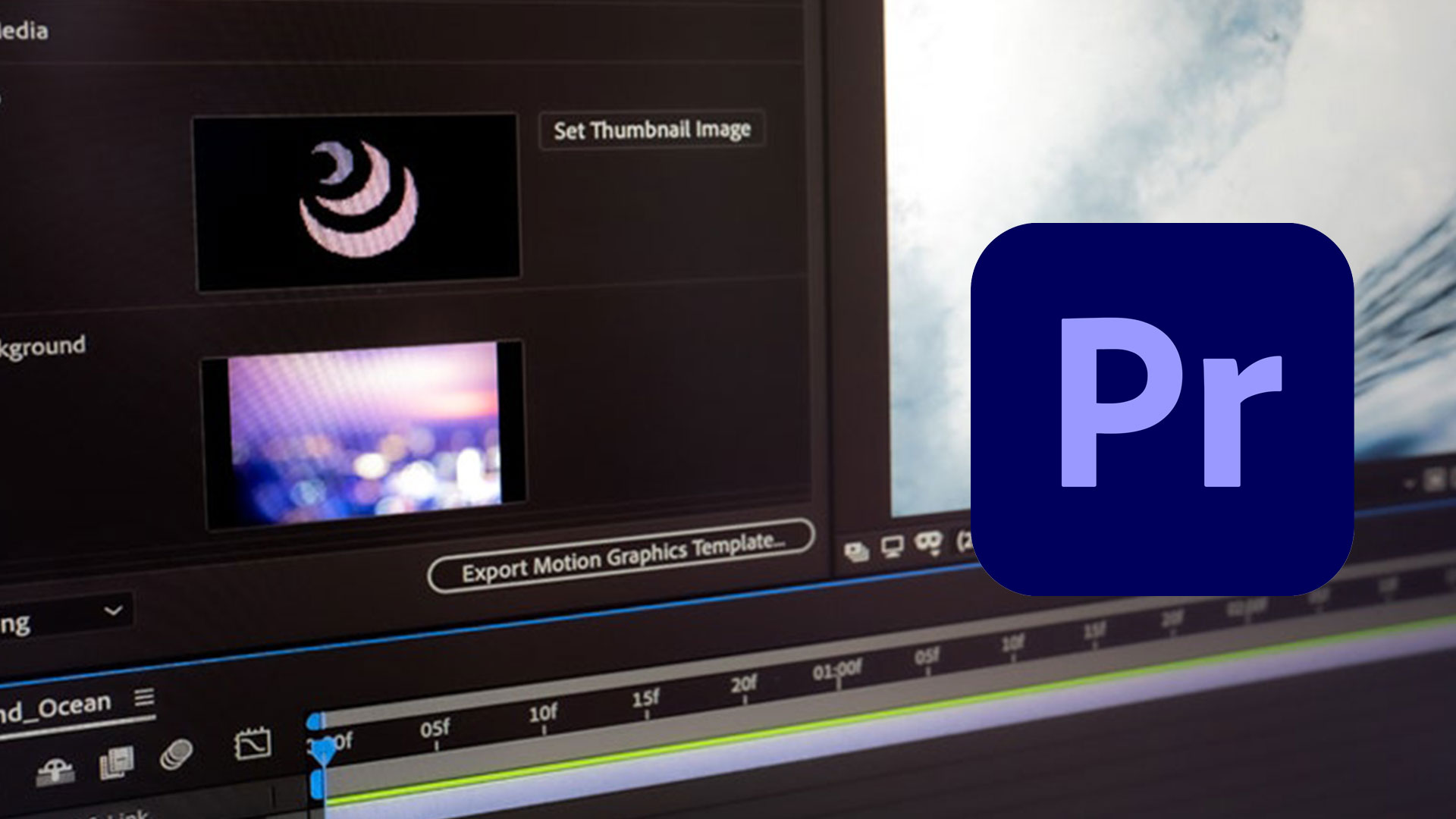
To export a video from Adobe Premiere Pro for use in Wistia, place your video clip in the Premiere timeline. Exporting From Premiere Pro. Anything CS6 and below is not compatible. Just a heads up the Wistia preset only works with the Adobe Creative Cloud.
Premiere captions can be encoded or exported as a side car file.To do this, go to File at the top menu, then down to Export and select Media. This means that Adobe isn’t even using the full power of your machine.Step by step instructions for adding closed captions and subtitles in Adobe Premiere Pro. Premiere Pro has another unique issue by default that seems to limit exports to only use the CPU. It’s also just dead time since you generally can’t use the computer or perform other edits while it happens since it takes up as much computing power as possible. In the export settings, change the file format to a H.264.Among the most time consuming aspects of video editing is the export.
Where Does Adobe Premiere Export To Update To Premiere
This means much better, smoother playback as you work.Now, you can use the GPU to speed up your exports. GPU acceleration isn’t new to Premiere, you can use it with the Mercury Playback Engine for decoding video as you work on the timeline. You will need a compatible GTX or RTX series GPU, but the differences between NVIDIA’s encoding, called NVENC, and standard Premiere is a game changer.So where does Adobe premiere pro export to Adobe premiere pro exports to the output file that you chose while exporting your project, if you didn’t change it, that means it was set to the output file of your last project by default.By taking advantage of NVIDIA’s NVENC tech, Premiere can use GPU acceleration to speed up the export process for H.264 and H.265 files. Filmmaker Armando Ferreira is here to tell us about how a recent update to Premiere allows users to get dramatically faster exports thanks to a fun new NVIDIA technology. Now you can choose where you would like to save your. In the top right hand corner of this window, first make sure that under the heading Format, your project is set to H.264.

This is essentially “worst case scenario.”Still, NVENC delivered a 20% improvement over stock Premiere exports. So, even with actual editing and effects this will deliver much faster exports.How can you push this even further? Well, Ferreira found a way to use Canon C500 6K raw footage, Blackmagic Pocket Cinema Camera 6K 3:1 raw footage, EOS R 4K clips, mixed frame rates, layers of color grades, and more in a 13 minute project. With NVENC enabled that is shorted down to 6 minutes 5 seconds. Taking a 12-minute clip with mixed footage, color grading, and some effects Adobe Premiere was able to finish without NVENC in 9 minutes 50 seconds.
You might need to restart to actually get it working now.For the actual export, head to File > Export > Media. In this menu you’ll want to make sure “Enable hardware accelerated encoding and decoding” is checked on. Here you will want to set the Renderer is set to Mercury Playback Engine GPU Acceleration (CUDA).After that, head to Edit > Preferences > Media. Once you have that, go to File > Project Settings > General. First, just a reminder that this will only work with NVIDIA’s GTX and RTX graphics cards. Always going to be worthwhile to make sure you are running NVENC if you can.If you want to do this Ferreira walks us through the settings you need to access to get setup.



 0 kommentar(er)
0 kommentar(er)
